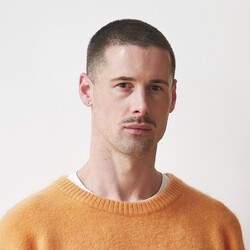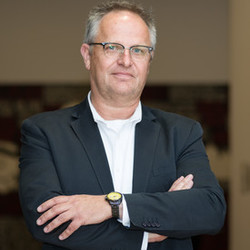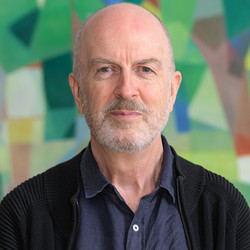B.200
B.
Bulletin
New Zealand's leading
gallery magazine
Latest Issue
B.22001 Jun 2025
Contributors

Director's Foreword

Director's Foreword
Welcome to the winter edition of Bulletin. This issue is special for a range of reasons; some positive, some less so. It’s an anniversary for us, and a rather big celebration—our 200th issue. Since Bulletin’s humble beginnings in 1979, under the directorship of Rodney Wilson and driven by then education officer Ann Betts, this magazine has grown to become an award-winning and industry leading publication that is highly respected by our peers. It’s now one of our most important means of communicating with you, our audience, and a vital place for us to collate our thinking.
Commentary
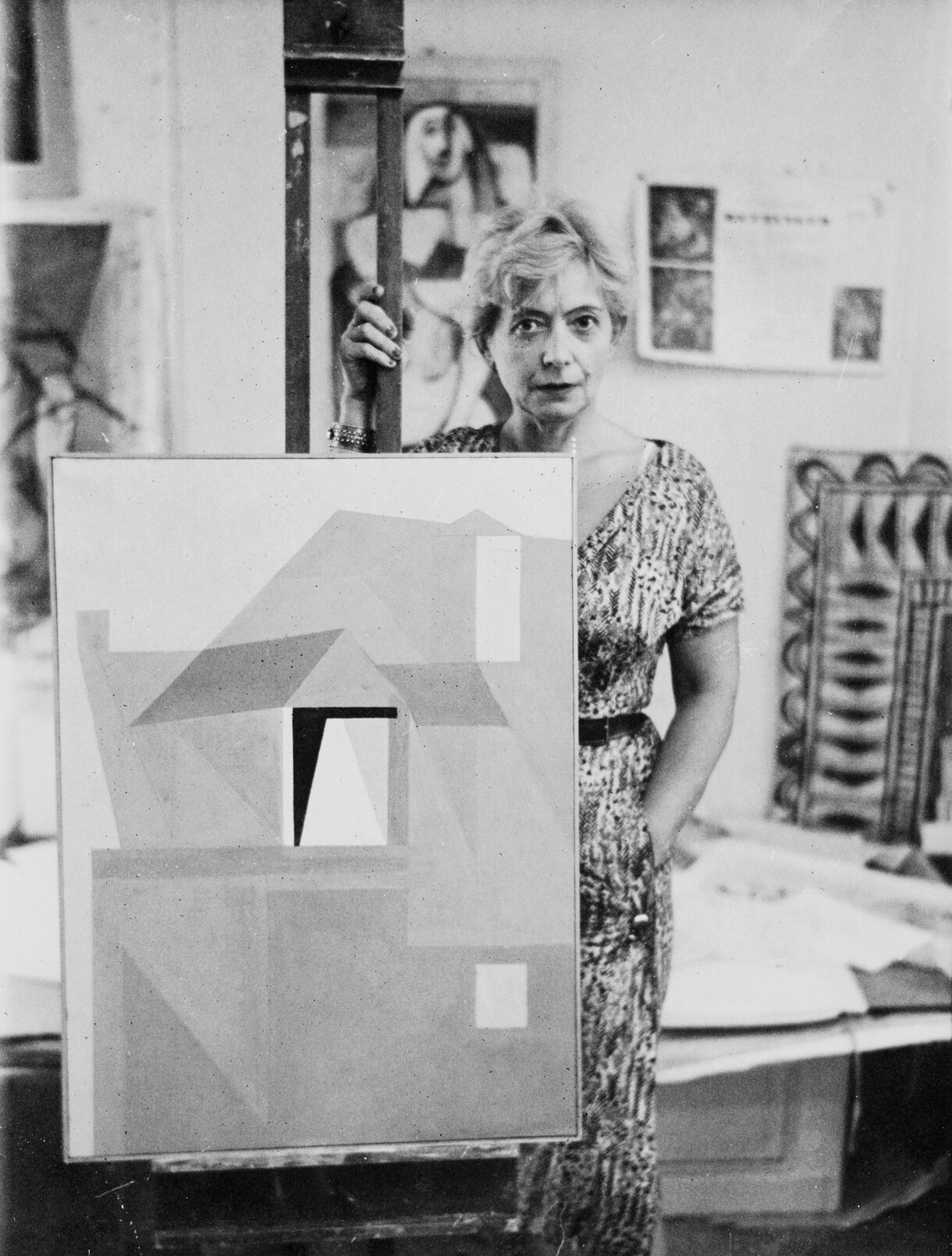
Lessons with Louise Henderson
I first met Louise Henderson in May 1990. I’d recently returned from living in the UK, and moved into what had been her house and studio at 62 Gillies Avenue, Newmarket. The owner, Ross Stevenson, was still in regular contact with Louise at her new home nearby in Sarawia Street, and asked me if I’d like to meet her. I remember being quite nervous at the time and standing at the front door waiting. She didn’t open the door at first, but pulled back the old curtain on a nearby window to see who it was. She recognised Ross so all was well. She was very polite, and more than happy to let me look through the dozens and dozens of paintings that leant four or five deep against the wall in the two front rooms of the old villa.
Commentary
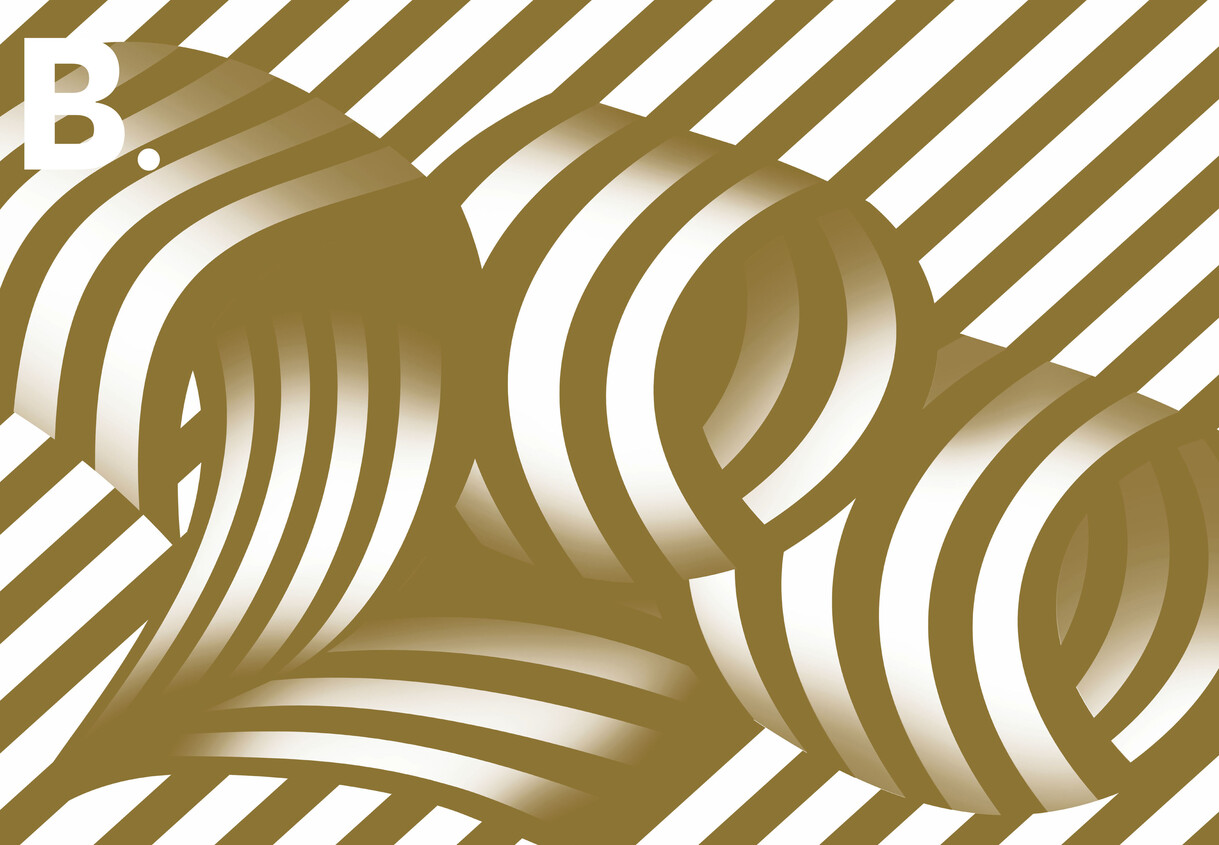
Bulletin Turns 200
A cover photograph of a set of storage racks, a six-digit phone number and a simple address: Botanical Gardens, Rolleston Avenue. The first issue of Bulletin, sent to members of the Robert McDougall Art Gallery in the early months of 1979, was a no-nonsense, four-page, black and white, bi-monthly newsheet promising an informative diet of “news, views and reviews of activities” at the Gallery and “important visual arts news from Christchurch”.
Commentary
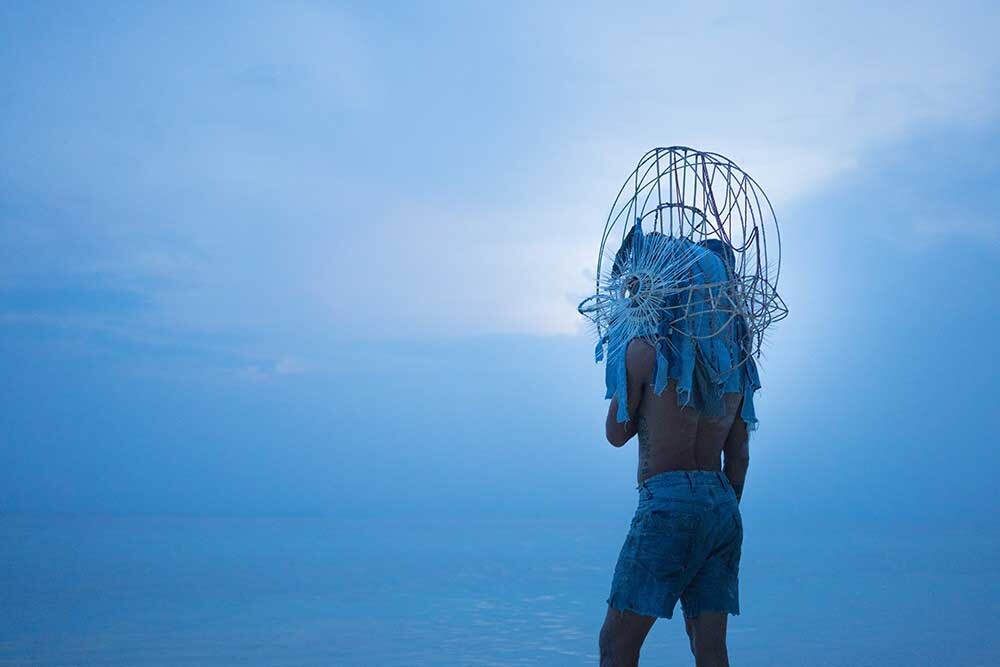
Where in the World? Placing New Zealand in the Pacific
“It is a strange fact that New Zealand can be literally all at sea in the Pacific Ocean, and yet pay that ocean, and neighbours and relations within it, so little attention.”
— Damon Salesa, Sāmoan historian
“… this small and very British country is producing some honest and lively artists whose eyes open upon a land not at all like England, but whose minds are formed in the living tradition of Western culture.”
— Helen Hitchings, New Zealand gallerist
Commentary

The C-Word
It’s been a very strange time. We’ve spent the last month or so asking after each other’s bubbles, and imploring people we barely know to stay safe. Depending on your beliefs, this was the month that the world demonstrated that we could put the interests of people above those of finance, or the end of freedom. Everyone, in every industry and every sector of every society has been affected in some way. But our core business is art, and we’re very conscious of the effects of a global shutdown on artists. It’s too early to know what changes this will bring to our sector, so we’re concentrating on the here and now. If your life is focused on making art, how are you going? We asked eighteen New Zealand artists to send us a picture of their lockdown studio set-up, and asked them a few simple questions.
What’s your Covid-19 studio set-up? Is it the same as pre-lockdown or are you in something more makeshift?
How are you finding this time? Is it hard, or is it a gift of time, or maybe a bit of both?
What are you finding essential during lockdown? Is there a piece of equipment/view/song you couldn’t have lived without?
Here are their responses.
Commentary
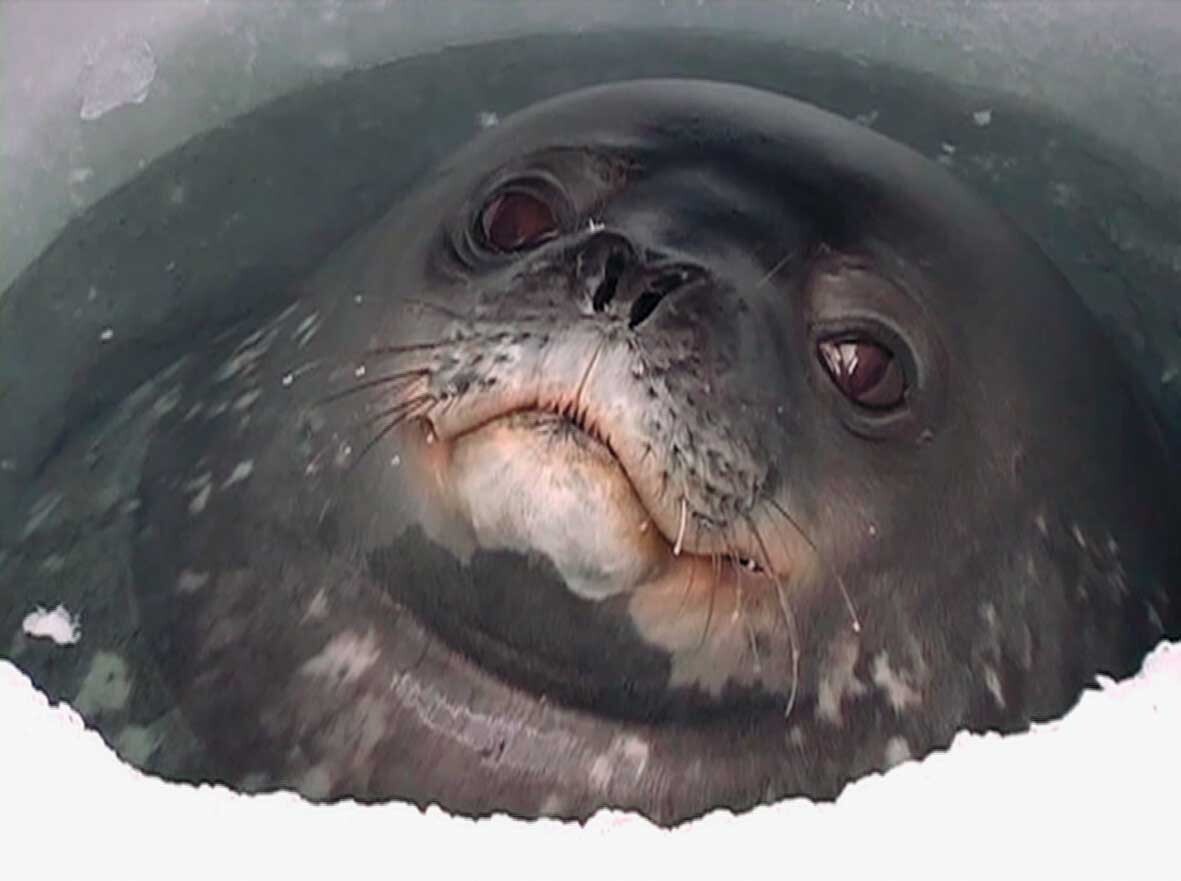
The Seas are Rising: So Are We
In Te Ao Māori the whakataukī “He toka tū moana” pays homage to the rock that withstands the sea as a metaphor for human strength in our cultural or political beliefs, whatever may come. But while the rock is steadfast, the octopus Te Wheke is a shape-shifter, canny and malleable.
Commentary
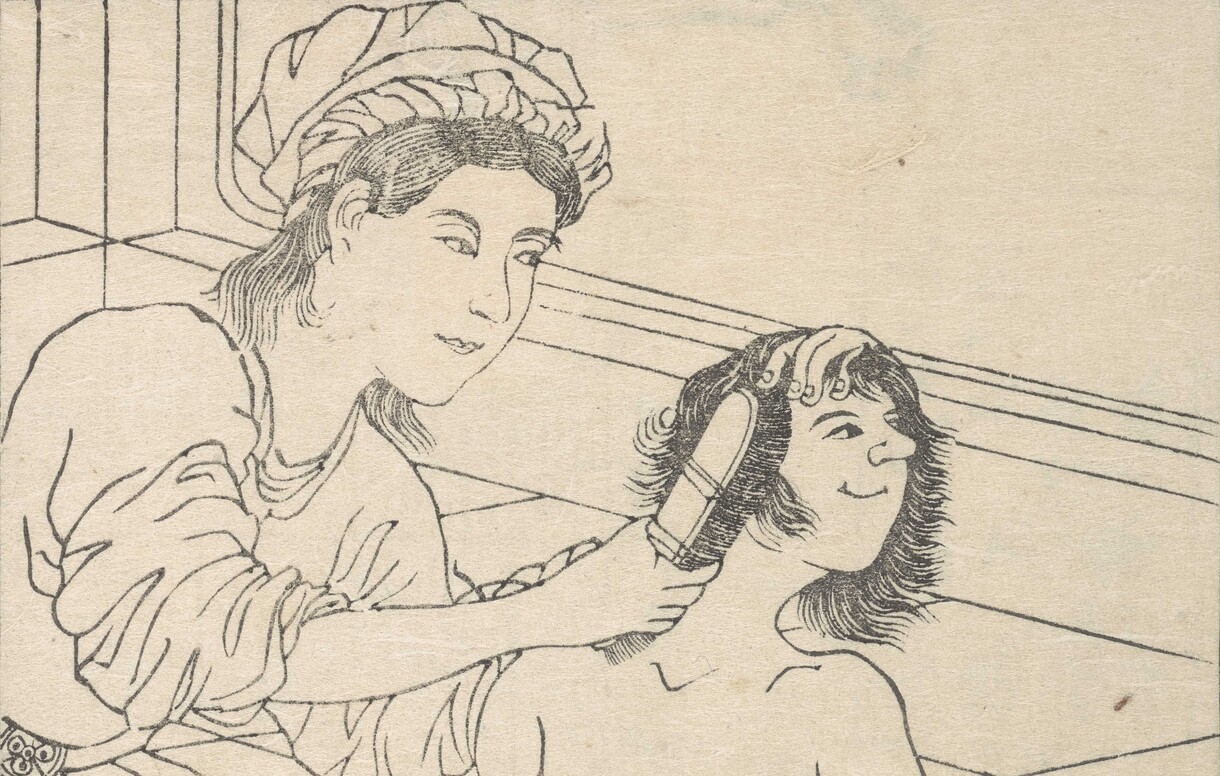
Identities of Journey and Return
It was the novelty of seeing white people rendered by a Japanese artist that tickled me when I first saw Utagawa Sadahide’s woodblock prints of foreigners in Yokohama in the 1860s. There’s something slightly clumsy about the Westerners’ exaggerated noses and the forced rounding of their eyes. You can sense, in these images, the artist’s struggle to detach himself from the conventions of Japanese art and beauty; his lines waver here, unlike his assertive depictions of long, flat Japanese faces in earlier prints.
My Favourite

Jacqueline Fahey's Mother and daughter quarrelling
I first encountered Jacqueline Fahey’s Mother and daughter quarrelling (1977)—in reproduced form—in Art History class during my final year at Shirley Boys’ High. We’d just entered the new millennium and at some point amid that final year our entire form group lost access to our senior common room for a week because a couple of boys had sellotaped a selection of pages from some off-brand Penthouse onto the roll-up projector screen that hung from the ceiling. That’s just to give you an idea of the prevalent gender politics of the time and place.
Postcard From...

Postcard From...
Dear Christchurch,
I’ll pretend I’m writing this from Rome. I’ll pretend that I am still in my studio at the British school, the grey dusty floors that are never clean, my collected pebbles from the tennis court all over the floor. Small offcuts of marble; pastel greens, pinks and glittery whites collected near the Basilica di San Lorenzo leaning against the walls and in the sink.
Commentary
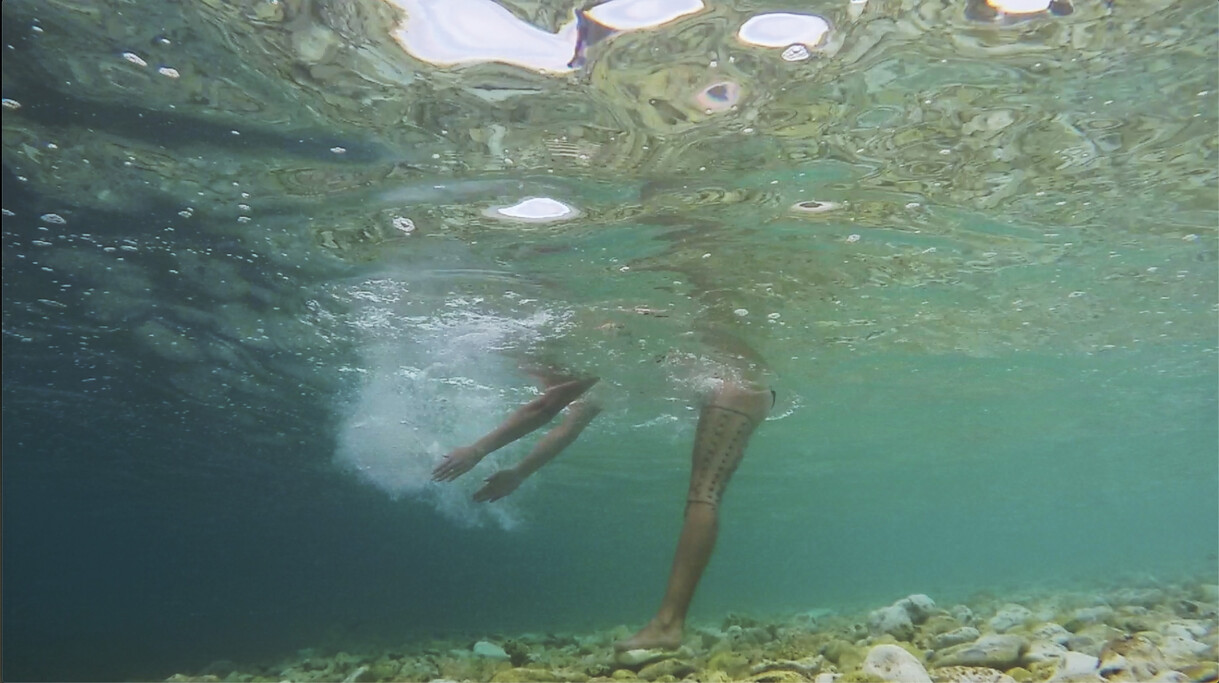
Te Wheke: Pathways Across Oceania
Every few years, the curatorial team at Christchurch Art Gallery Te Puna o Waiwhetū embarks on a major rehang of the first-floor collection area. It’s no small undertaking finding fresh ways to combine long-held, well-known works and new acquisitions, looking for combinations that will offer compelling viewing, immersive storytelling and intellectual engagement to our wide and evolving visitor base. This time, director Blair Jackson added another dimension to our task, challenging us to reimagine the physical orientation of the spaces to encourage visitors to interact with the architecture in a completely different way.


